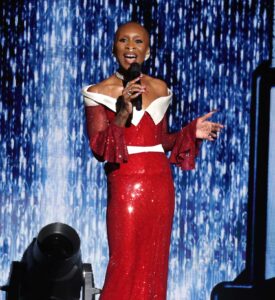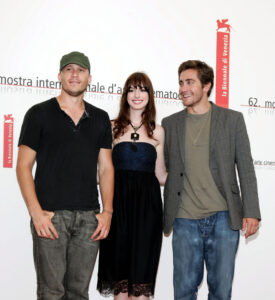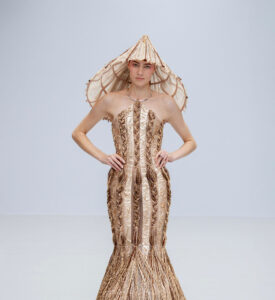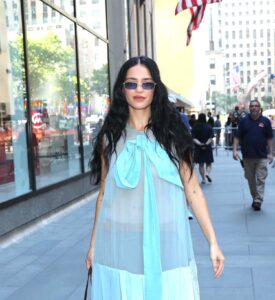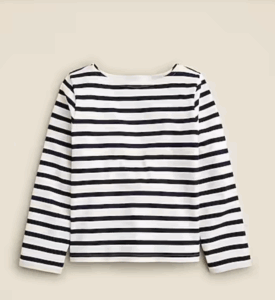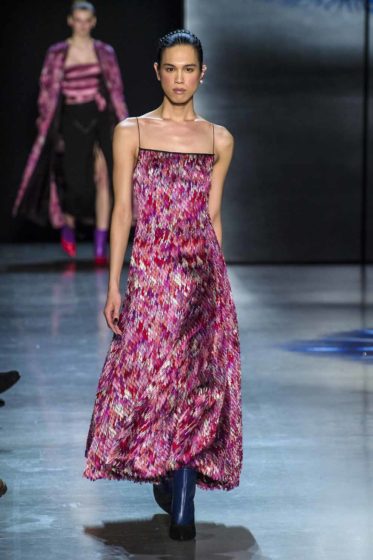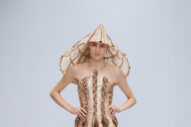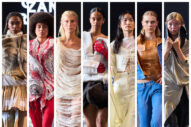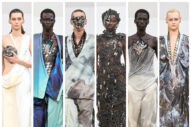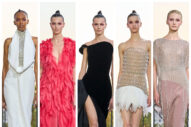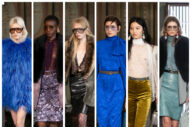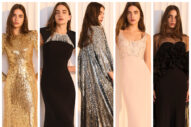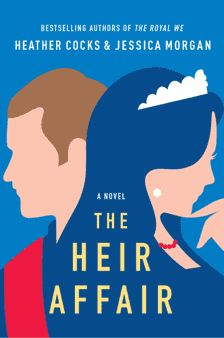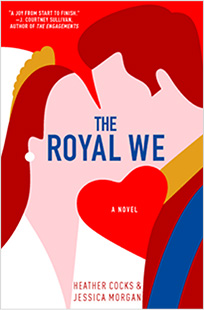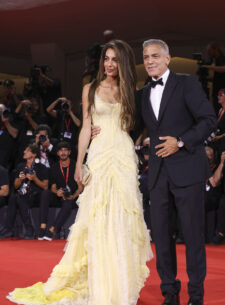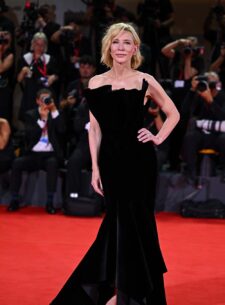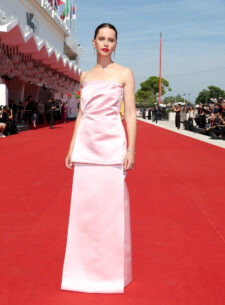Note: Some captions are left intentionally blank. We just make suggestions for an outfit when an idea hits us.
The finale of Prabal’s fall show had no soundtrack; just the sound of scattered applause and the models’ feet on the floor, as they all came out en masse clutching the white rose that’s become a symbol of the #MeToo movement. Prabal also had a diverse collection of women on the catwalk that included Ashley Graham (who is not traditionally a runway model), donated a large sum to Time’s Up before the Globes (and basically got no props for it because everyone decided to pretend nobody designed any of their dresses. Sigh), and per Vogue has been using his voice a lot in recent seasons:
It was a year ago that Prabal Gurung sent out a finale parade of slogan T-shirts: This is what a feminist looks like; The future is female, et cetera. Last September he had Gloria Steinem in his front row. Activism is built into Gurung’s current agenda. He deserves props for that. A year into the Trump era it’s easy to forget that until quite recently women’s rights wasn’t a significant topic of discussion at New York Fashion Week. Gurung made reference to his feminism backstage tonight, explaining that his palette and silhouette were inspired by a pair of female-dominated societies: the matriarchal Mosuo tribe of China and India’s activist Gulabi Gang. The connection between the two groups of women is the color pink, and there’s a pleasing irony in that. Pink is typically associated with sweetness—think: cotton candy, Valentine’s Day, and princesses—but in these two cases it represents strength and fearlessness.
The #MeToo founder Tarana Burke was in the front row, and Fashionista describes inspirational posters placed backstage. In all, this and his moving finale were nice touches from within an industry that many feel commonly takes advantage of the young women trying to come up its ranks, but which had largely escaped the heavy fire until the recent allegations against Paul Marciano of Guess.
